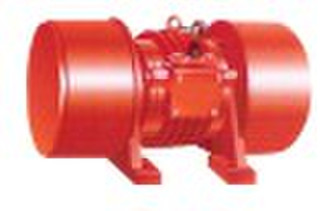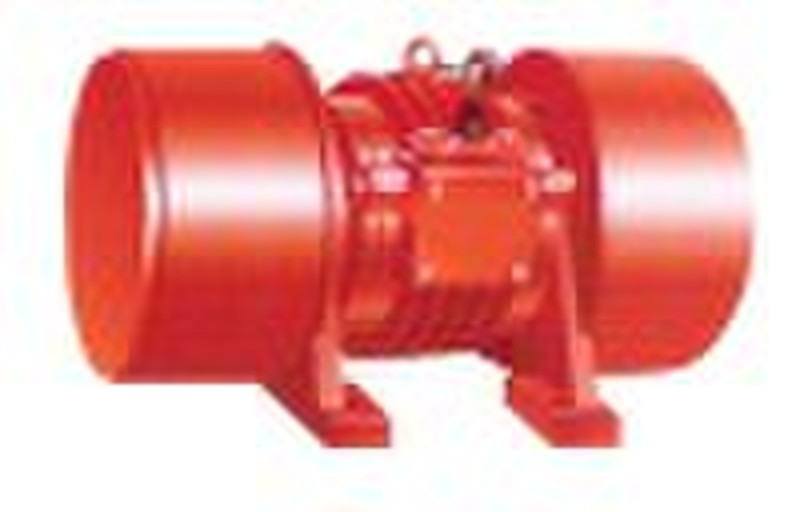Catalog
-
Catalog
- Agriculture
- Apparel
- Automobiles & Motorcycles
- Beauty & Personal Care
- Business Services
- Chemicals
- Construction & Real Estate
- Consumer Electronics
- Electrical Equipment & Supplies
- Electronic Components & Supplies
- Energy
- Environment
- Excess Inventory
- Fashion Accessories
- Food & Beverage
- Furniture
- Gifts & Crafts
- Hardware
- Health & Medical
- Home & Garden
- Home Appliances
- Lights & Lighting
- Luggage, Bags & Cases
- Machinery, Hardware & Tools
- Measurement & Analysis Instruments
- Mechanical Parts & Fabrication Services
- Minerals & Metallurgy
- Office & School Supplies
- Packaging & Printing
- Rubber & Plastics
- Security & Protection
- Service Equipment
- Shoes & Accessories
- Sports & Entertainment
- Telecommunications
- Textiles & Leather Products
- Timepieces, Jewelry, Eyewear
- Tools
- Toys & Hobbies
- Transportation
Filters
Search
motor
original price: 1 000 USD
Shanghai, China

Leo Li
Contact person
Basic Information
Series Z4 d-c machines are newly developed products of our works. The products are found wide use for prime mover in various, sucb as mill auxilinry in merallurgical induetry, metal cutting machine-tool, paper making, print, textile, printing and dyeing, cement-making,plastic extruding machine, etc. Outline and mounting dimensions of the motors comply with IEC72 Standard, except for the axial distance between the mounting holes (dimension B). Performance and technical requirements of the motors can be checked in accordance with IEC34-1 Standard of the International Electro technical Commission, or DIN57530 Norm of the Deutsche Industries-Norm. The motors are class F insulated, with reliable insulating construction and impregnating process, cnsuring stable dielectric performance and excellent heat dissipation. The motors possess the features of small size, good performance, light weight, large output, high efficiency and reliability, being able to match the current international advanced level. The motors can be lastingly operated form fully controlled three-phase bridge without a smoothing reactor. Motors for 160V may be operated on single-phase bridge thyristor. In that case, a smoothing reactor, whose inductance is specified in the relevant technical date, should be inserted in the armature circult to suppres ripple current. Electrical machinery performance 1. Data listed in the technical data sheet should be employed under the following conditions; a. Aitirude above sea level maximal 1,000m; b. Cooling air remperature maximal 40; c. Ambient conditions for motors should be free fromacidic, alkali fumes or other aggressive gaseawhich corrode insulation. d. Duty: Continuous (SI); e. Armature and field circuits for motors may beeither operated on static thyrisier controlledsupplies, or from d-c generator; f. Performances of motors all comply with StateStandard GB755. Fundamental technical rules forelectrical machines. 2. Standard rated voltage: 160V or 440V, Values for220V, 400V, and 660V or other voltage may bederived on request. 3. Rated speed: 3000,1500,1000,750,600,500,400,300 and 200 r/min, totally nine grades. Decrease armature voltage to make speedregulating under constant torque, lowering downfield voltage to make speed regulating at constantoutput. Speed regulating range: see technical date.The torque can be remained constant by reducingspeed via armature voltage weakening below racedvalue. It is stipulated that armature speed range can be down to the lowest 20 r/min at constant torqueand stable running. 4. Separate excitation is the basic excitation type of the motors. Nominal field voltage: 180V. Other excitation voltages are also acceptable onrequest. Forced excitation is allowed with the voltage of lessthan 500V. When a motors is normally running, itsexcitation current must not be higher than ratedexcitation current. To assure the reliability of insulation of excitationsystem, the motor must be protected against selfinduced voltages by a release resistor connected inparallel with the excitation circult of the motor is interrupted. At rated field voltage the value of shuntresistor is about seven times filed windingresistance (cold state). While the field voltage ishigher than nominal voltage, the value of shuntresistance may be lower than seven times fieldresistance, otherwise higher than seven times. 5. For frame size Z4-315, Z4-355, Z4-400 and Z4-450,compensating windings are provided. For framesize Z4-250 and Z4-280 the motors are feasible with a compensating winding too. 6. A marked earthing terminal is provided forth motors. 7. The efficiencies listed in the date sheet are for ratedoutput, voltage and speed, and include excitationlose, exciuding that of separate ventilating fans.
Delivery terms and packaging
Packaging Detail: wooden boxes. Delivery Detail: 40-502days
Port: Shanghai
Payment term
Letter of credit
Telegraphic transfer
-
Payment Methods
We accept:









